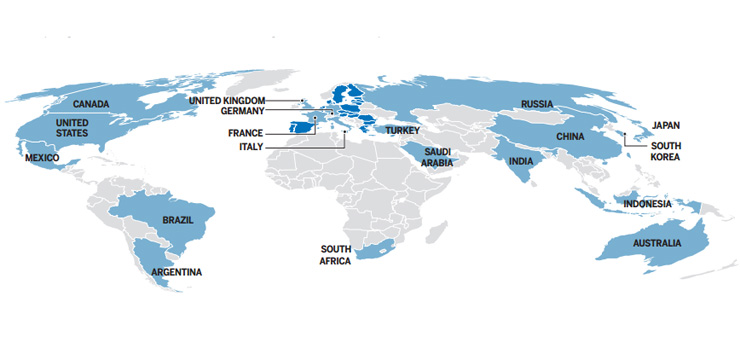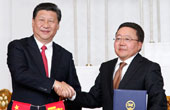Lofty goal set for cutting emissions
Chinese policymakers will use ambitious goals for cutting greenhouse gas emissions to put the world's largest energy consumer on track toward a low-carbon economy, said Xie Zhenhua, China's top climate official.
During a two-day summit in Brisbane, Australia, G20 leaders agreed to set out domestic post-2020 targets as soon as possible, preferably early next year.
They also stressed the importance of how the mitigation of climate change would be financed.
President Xi Jinping said at the summit on Sunday that China will gradually cancel subsidies for fossil fuels, while it improves energy efficiency and supports renewable energies.
Xi also said China will establish a South-South Cooperation Fund to help developing countries address climate change.
The new targets unveiled by China and the United States in Beijing last week for action on climate change are expected to serve as catalysts for furthering global climate cooperation.
"If China and the US, the largest developing country and the largest developed country, can reach agreement on this issue, so can the rest of the world," Xie, vice-chairman of the National Development and Reform Commission, said in an interview with China Daily.
China and the US committed to reach an ambitious agreement on climate change next year that reflects the principle of their "common but differentiated responsibilities and respective capabilities", according to a joint announcement.
"Encouraging actions taken by the two countries are expected to drive the multilateral process ahead," said Xie.
China expects its carbon emissions to peak around 2030.
Meeting the target would require technological innovation, supportive economic policies and the necessary laws, Xie said, adding that the goal is achievable.
The setting of the target followed more than two years of analysis that took into account a wide range of factors, such as China's industrialization process, expected population growth and urbanization plans. Policymakers decided to pick a "more ambitious" target, Xie said, though academia and industry have suggested quite different timeframes for the peak.
"China has so many environmental problems, Chinese leaders intend to set an ambitious and powerful goal that could serve as a forcing mechanism to help accelerate the nation's transition toward a low-carbon economy," said Xie.
In addition, goals to markedly reduce carbon intensity and boost forest conservation will be included in the package of China's post-2020 actions that will be submitted to the Framework Convention on Climate Change in the first half of next year, according to Xie.
China will improve energy efficiency, cap energy consumption and reduce the share of coal consumption, said Xie. Such efforts will also have side benefits in reducing carbon and air pollution including PM2.5, as they share the same sources, such as vehicle emissions and the burning of fossil fuels.
With good policies in place, China can meet the challenges of reducing the risk of climate change and air pollution, while maintaining growth of 7 to 8 percent in the near term and 5 percent by 2030, according to a study called China and the New Climate Economy released by Tsinghua University on Friday.
Background



